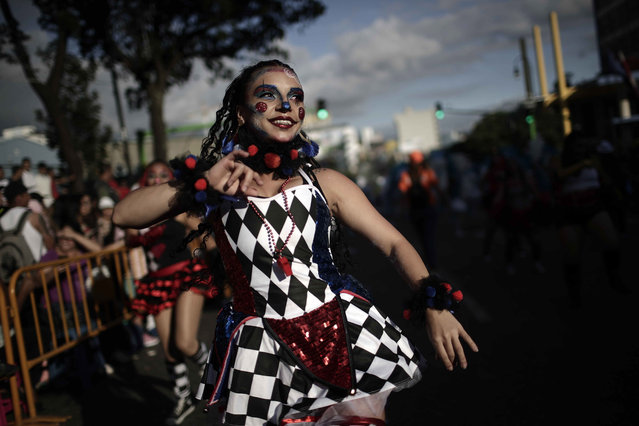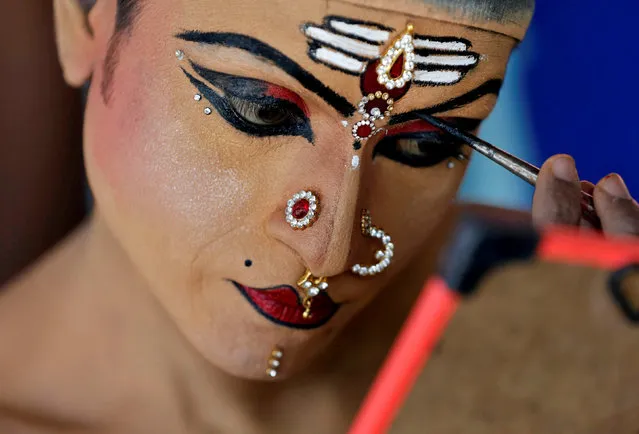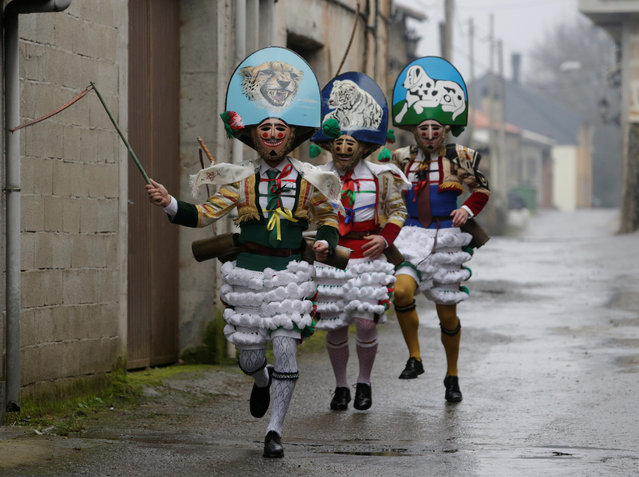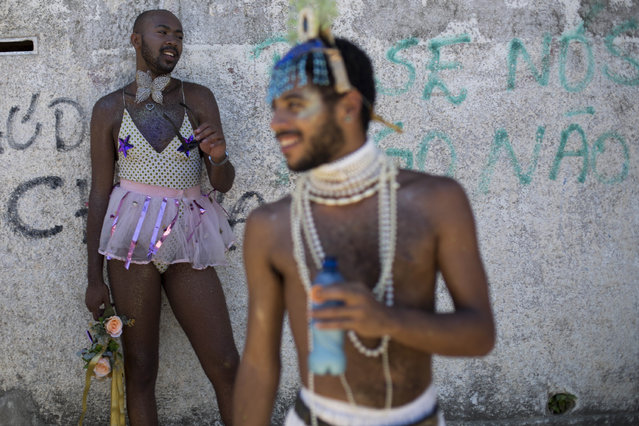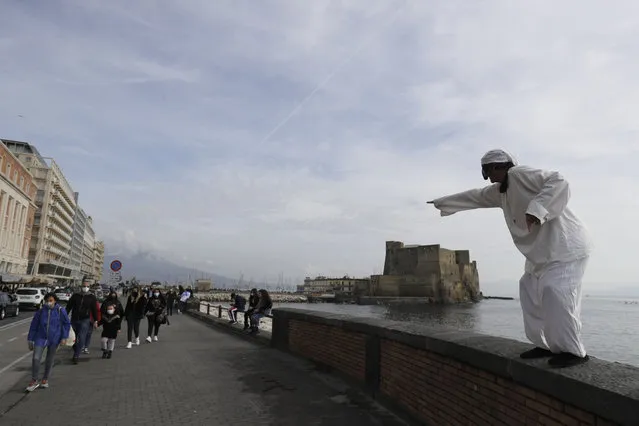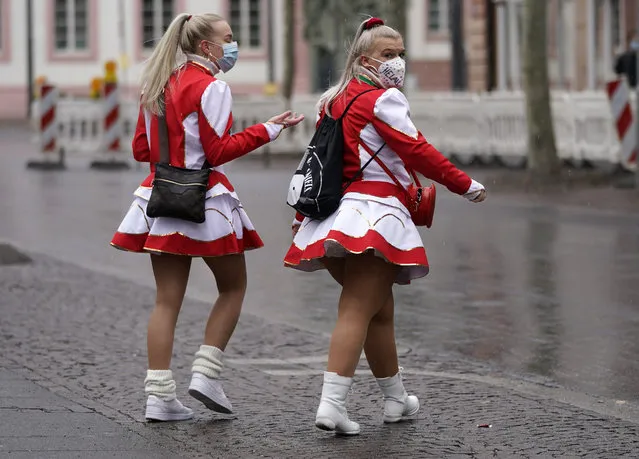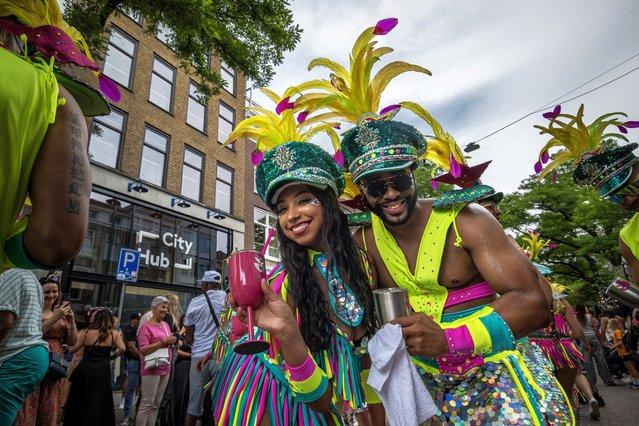
Revellers get into the spirit of the 40th annual Zomercarnaval – summer carnival – in Rotterdam on July 28, 2024. The two-day event is such in integral part of Netherlands tradition it was added to Unesco’s Intangible Cultural Heritage list last year. (Phoot by James Petermeier/ZUMA Press Wire)
29 Nov 2025 06:11:00,post received
0 comments

